The 10 best places for young, single people to live in and around Tokyo【Survey】
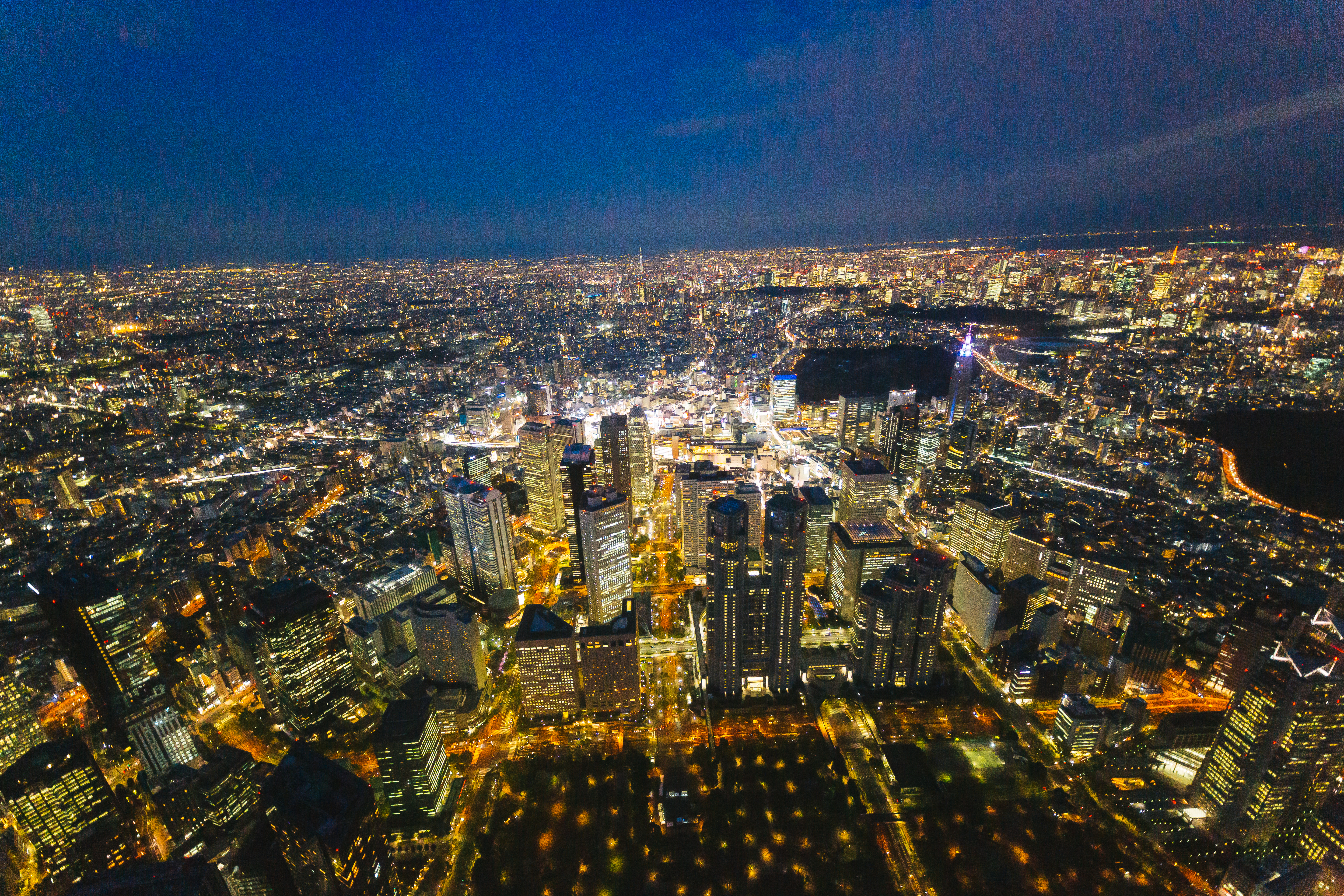
The city–and the others that made the list–was picked for its convenience, style, and location!
Tokyo is an absolutely massive city composed of 23 wards, 26 cities, 5 towns, and 8 villages, many of which can be broken down into smaller neighborhoods that each have their own local flavor and culture. Add to that the nice places just outside of Tokyo, like Yokohama, that afford many of the same benefits of living in Japan’s capital, and it’s almost impossible to pick a place to live within in the region if you don’t know it well.
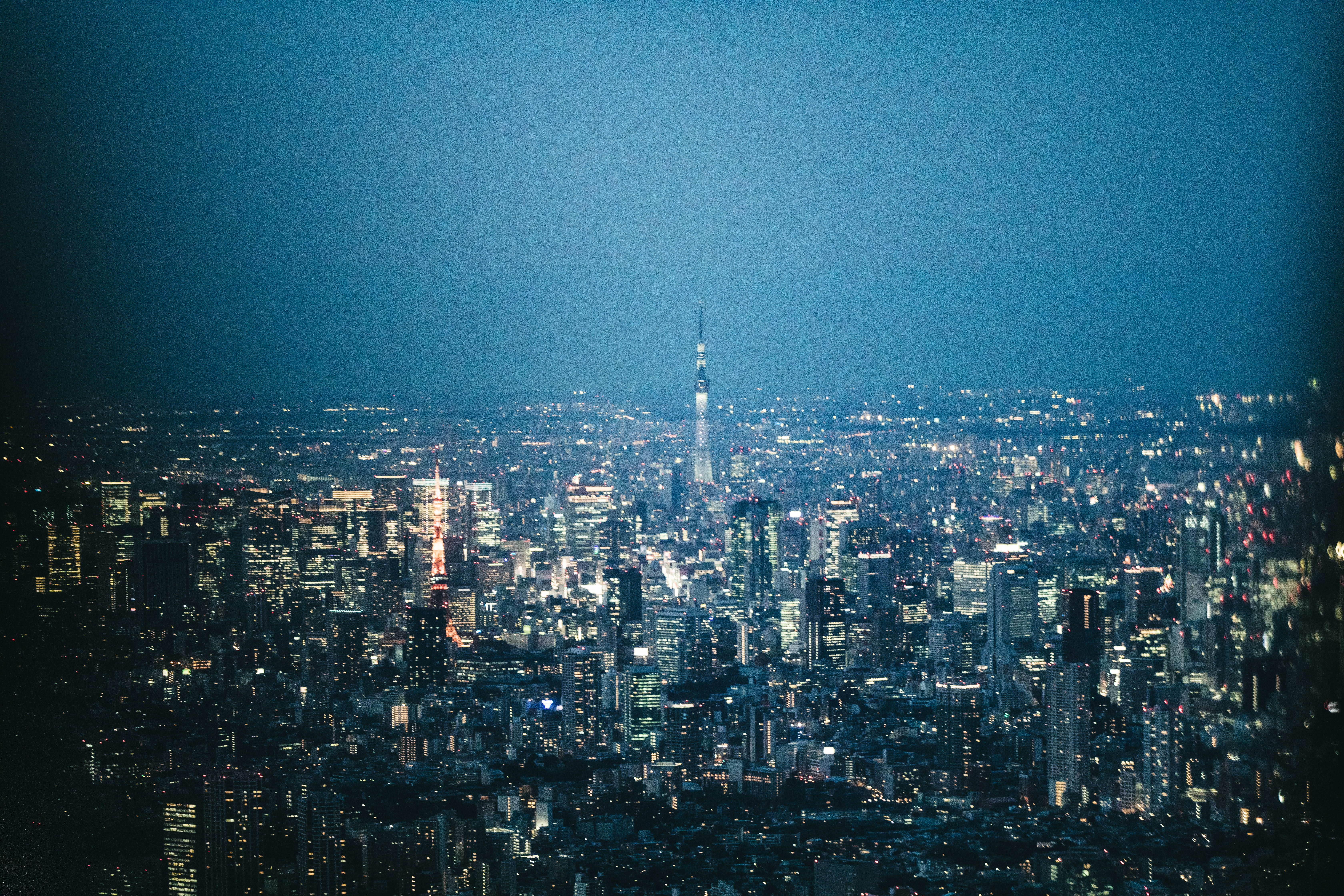
Not to worry, though; there’s a ranking for that! In a recent survey, young, single Japanese people in their 20s and 30s were asked where the best places in Tokyo are for people in their demographic to live. 500 men and 500 women of each decade participated, for a total of 2,000 respondents, each of whom already lives in the greater metropolitan area and presumably has an idea of the regions beforehand.
Respondents were asked two questions in the survey. The first question was, “Right now, where would you like to live?” Let’s take a look at the top 10!
10 (tie). Tokyo Station area and Shinagawa
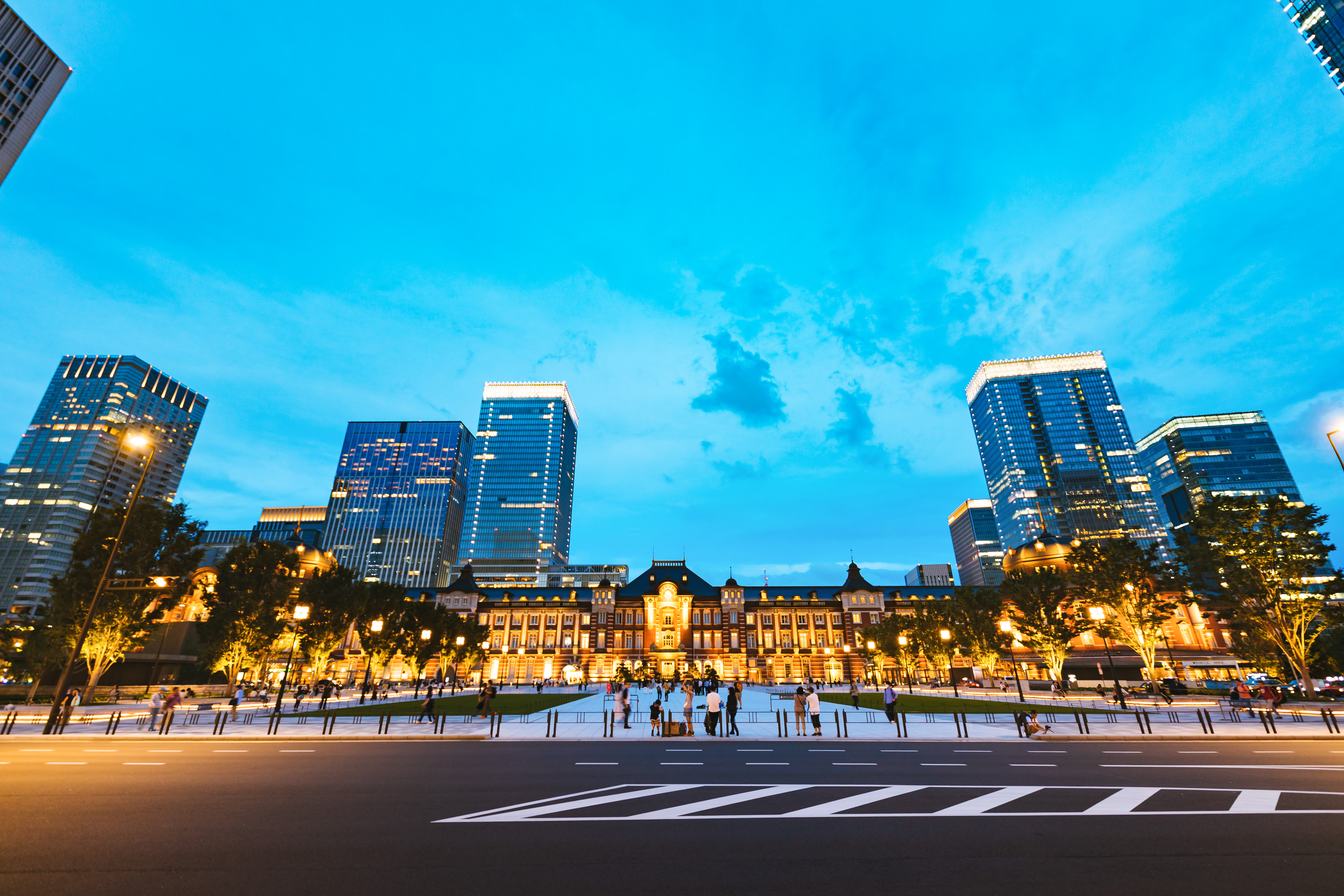
The central location of these two areas, which are both on the highly connected Yamanote line that circles the Tokyo city center, makes them extremely convenient. The Tokyo Station area, pictured above, is a popular tourist spot and offers many restaurants and things to do that makes it appealing for young people, but probably the biggest draw is the fact that Shinagawa is one of the major business hubs of Tokyo, making commuting to work for many people extremely easy.

Shinagawa is also considered a very safe and family-friendly neighborhood, so for those aspiring to raise a family, it’s an excellent option.
9. Kitasenju
This north-eastern area of Tokyo is an extremely affordable alternative to other Tokyo neighborhoods, and it’s extremely well-connected to the rest of the city through five train and metro lines. Though previously Kitasenju had a reputation for being a “rough neighborhood” (by Japanese standards), it’s reported to have gotten much better lately, and even boasts lots of nice shopping areas, so we aren’t too surprised to see it making the top ten for the first time in three years.
7 (tie). Shibuya and Nakano

Shibuya, pictured above, is, of course, one of Tokyo’s best entertainment areas, with plenty of shops, restaurants, clubs, bars, and even concert venues. It’s a virtual playground for those who like to keep busy! It’s also extremely well-connected to the rest of Tokyo, making work as well as play easy. Sadly, its recent reputation for being dirty and crowded probably has many people, including young people, turning away from it, as its position in 7th is a drop from 6th last year.
Nakano is a sort of underappreciated gem of Tokyo; though it doesn’t look like much from the outside, there’s really rather a lot to do there. It’s a university town, so there are a great many delicious restaurants to try, and Nakano is also famous for its Nakano Broadway shopping center which offers a number of niche hobby stores that are great for otaku of all kinds. It’s also just a five-minute train ride from Shinjuku, giving easy access to the rest of the city.
6. Nakameguro
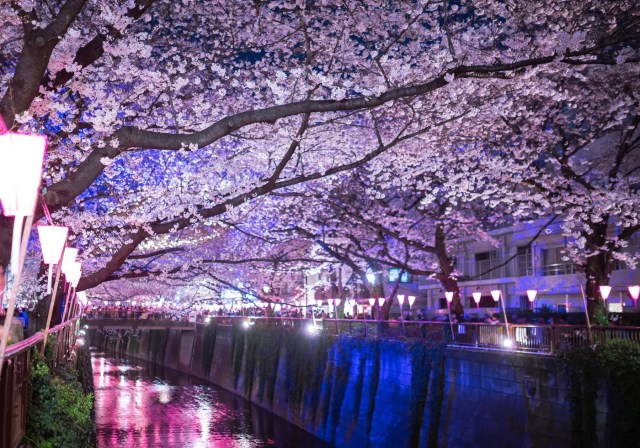
Nakameguro, a neighborhood at the southwestern corner of downtown, has a reputation for being a really nice place to live. Those who prefer high-end apartments and well-kept parks and streets may aspire to live there just for the image alone. Their famous cherry blossom festival, when trees bloom over the river pictured above, draws huge crowds every year. Nakameguro is also just four minutes by train to Shibuya and has easy access to Yokohama, and as an added bonus, the neighborhood that separates Nakameguro from Shibuya, Daikanyama, is considered an extremely trendy shopping and eating area. All in all, Nakameguro offers a very fashionable image for young people.
4 (tie). Ebisu and Ikebukuro
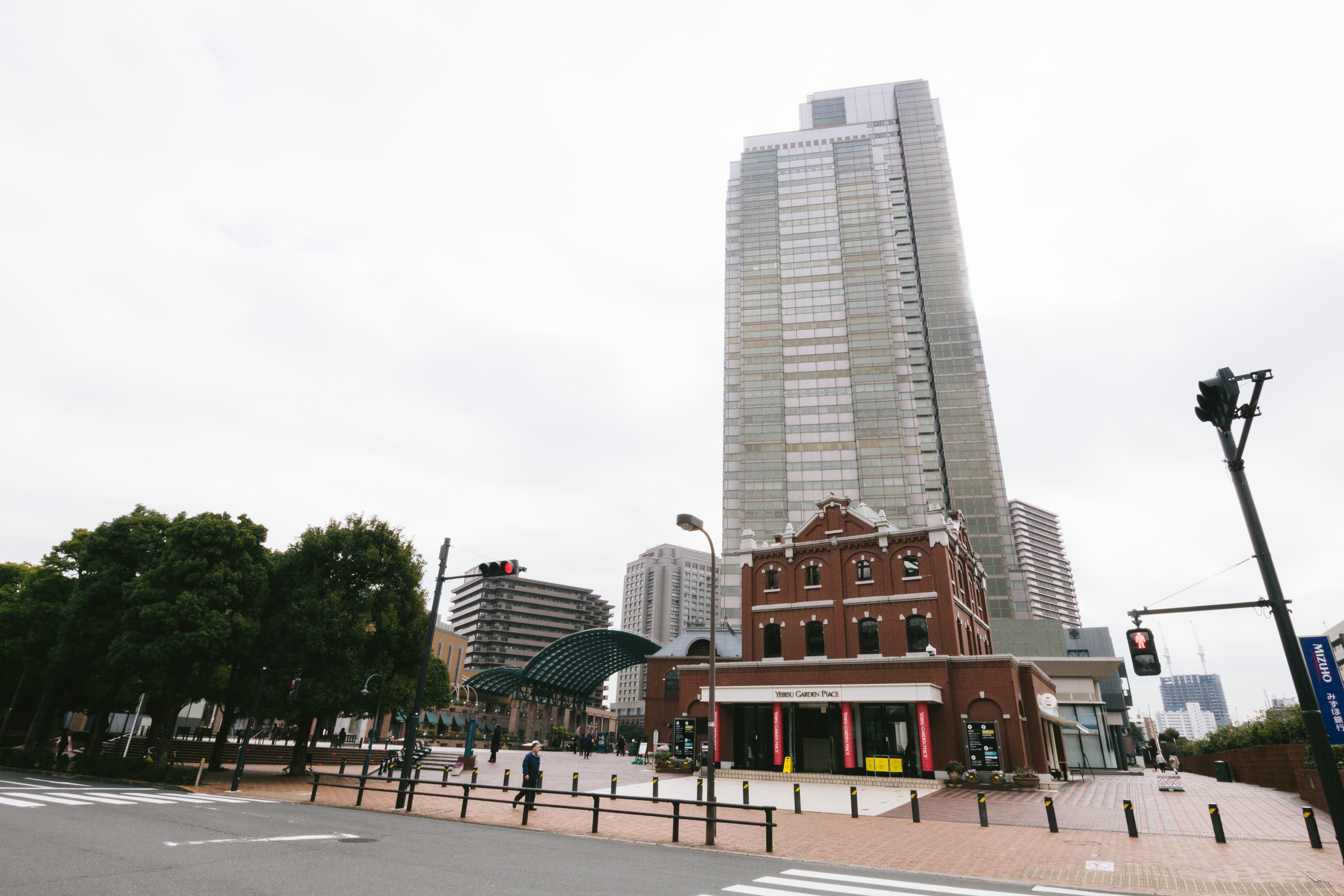
Here you couldn’t find two more different neighborhoods. Ebisu, above, is considered an upper-class neighborhood, where many of Japan’s celebrities live. The cost of living there is quite high, even to the point that groceries are more expensive than other parts of the city. Still, the neighborhood is full of green spaces, beautiful shopping centers, and fancy restaurants, and that kind of glamorous life appeals to some young people.

Ikebukuro, on the other hand, has a reputation for being a far more affordable and casual locale that’s great not only for young people but for families. It seems its image is only getting better, as it jumped from ninth place last year all the way up to fourth this year. With tons of huge shopping centers, game centers, entertainment, and eateries, Ikebukuro offers plenty to do as well–including lots for the otaku. And of course, Ikebukuro has excellent accessibility to the rest of the city, with eight train lines running through its central station.
3. Yokohama
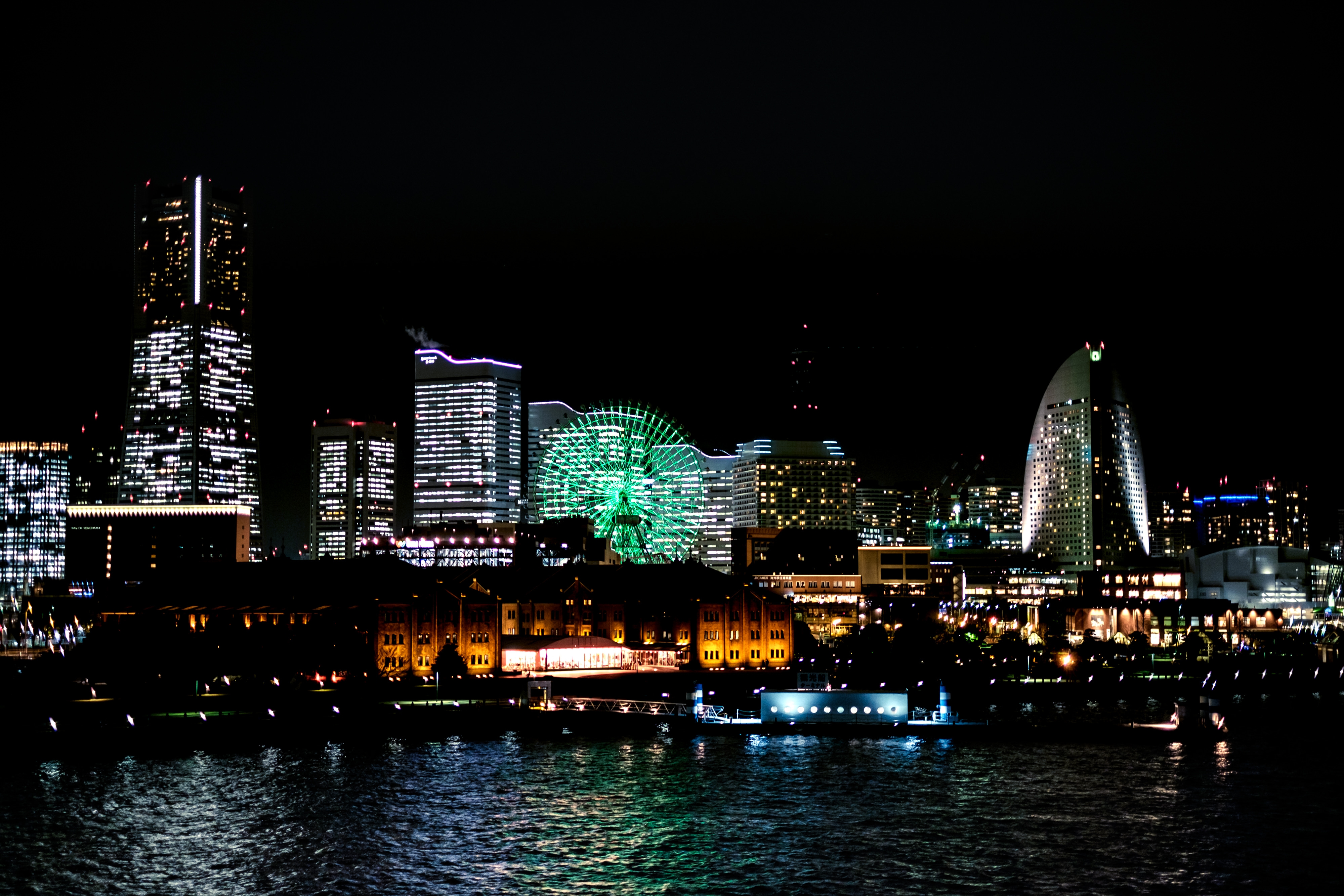
Yokohama is our first area outside of Tokyo to make the top 10! As Japan’s second-largest city, Yokohama encompasses a huge area, including both urban and rural neighborhoods, so to say what makes it appealing to young people would be difficult without a more specific narrowing-down. But the urban parts of Yokohama are chock full of great shops, eateries, and attractions, including its famous Chinatown and Minato Mirai area adjacent to the bay. Though it’s not as easy to commute from Yokohama, it provides feasible access to Tokyo with the added bonus of cheaper rent, so it’s easily accessible to young people.
2. Shinjuku
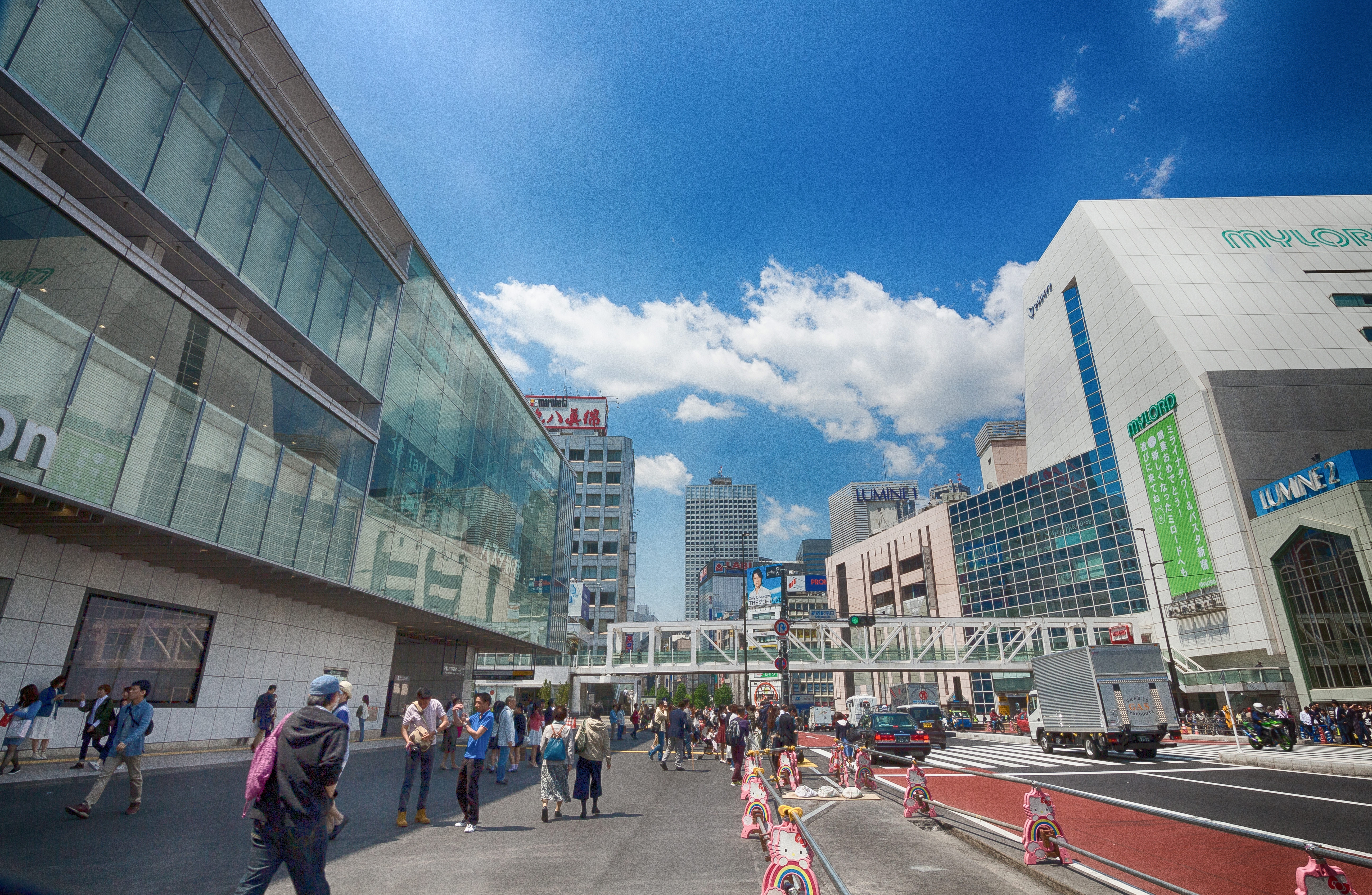
Unsurprisingly, the neighborhood that’s home to the world’s busiest train station made number two on the list. Shinjuku Station is busy for a reason; it’s got nine train lines connecting it, and that’s not even including the three lines running through the nearby Shinjuku Sanchome Station. That makes Shinjuku probably the most convenient location by far; you’d be guaranteed to get anywhere in Tokyo, or in Japan, pretty easily from there. Of course, being such a hub the neighborhood is also home to plenty of shops and restaurants, making this an ideal place for young residents.
1. Kichijoji
Taking the number one spot for the fourth year in a row is the trendy neighborhood of Kichijoji. Home to the Ghibli Museum as well as funky second-hand shops, nice shopping centers, stylish restaurants, and a beautiful park, Kichijoji has just about everything you could want in a neighborhood. Though its long-reigning status as the most desirable place to live means it can get extremely busy, and a little expensive, it’s also well-connected, so residents can get away to other quieter places if they so desire. Survey respondents labeled Kichijoji as “stylish” and “easy to live in”, and one even remarked that its slight removal from the center of town was a plus.
After providing their answers to the city they wish to live in, respondents were asked, “Which neighborhoods are convenient for singles to live in?” Some of the same areas appeared on this ranking but there are quite a few different ones, too.
10 (tie). Kawasaki and Sangenjaya
9 (tie). Shinagawa and Koenji
7. Akabane
6. Kitasenju
5. Yokohama
4. Ikebukuro
3. Nakano
2. Shinjuku
1. Kichijoji
▼ Kawasaki’s Kawasaki Daishi Temple
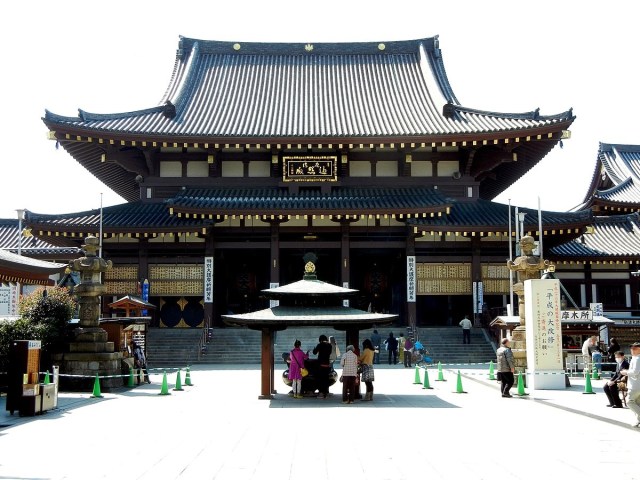
In terms of living alone, participants seemed to pick neighborhoods based on convenience and affordability. Proximity to major train stations was important, but the cost of living was even more important, which is why many less stylish but very affordable residential areas like Akabane (on the Saitama border in the northern reaches of Tokyo), Koenji (in eastern Tokyo), and Kawasaki (the city between Tokyo and Yokohama) made the list.
Having access to everything directly was also a major reason why big hubs like Kichijoji, Shinjuku, Ikebukuro, and Yokohama made the list. Sangenjaya, in the southeast part of the city, is also known as an extremely convenient residential area, just five minutes from Shibuya. These are all great places to live if you want to have access to 24-hour groceries and a plethora of restaurants and shops.
What it seems to come down to in choosing where to live in the greater Tokyo area, it seems, is your priorities. Do you want to live in a trendy place, or would you prefer to live somewhere convenient? Budget is important too; more affordable neighborhoods may lose out on beauty and ease of access, but will most certainly offer you everything you need to live.
Don’t want to live in a big city at all? Don’t worry, here’s a ranking of Japanese people’s most desirable prefectures to live in–and Tokyo isn’t number one.
Source: FJ Next, Kichijoji Keizei Shimbun via Yahoo! News via Otacom
Top image: Pakutaso
Insert images: Pakutaso (1, 2, 3, 4, 5, 6, 7, 8, 9, 10, 11), Wikipedia/ペン太
● Want to hear about SoraNews24’s latest articles as soon as they’re published? Follow us on Facebook and Twitter!
Credit:

0 comments:
Post a Comment